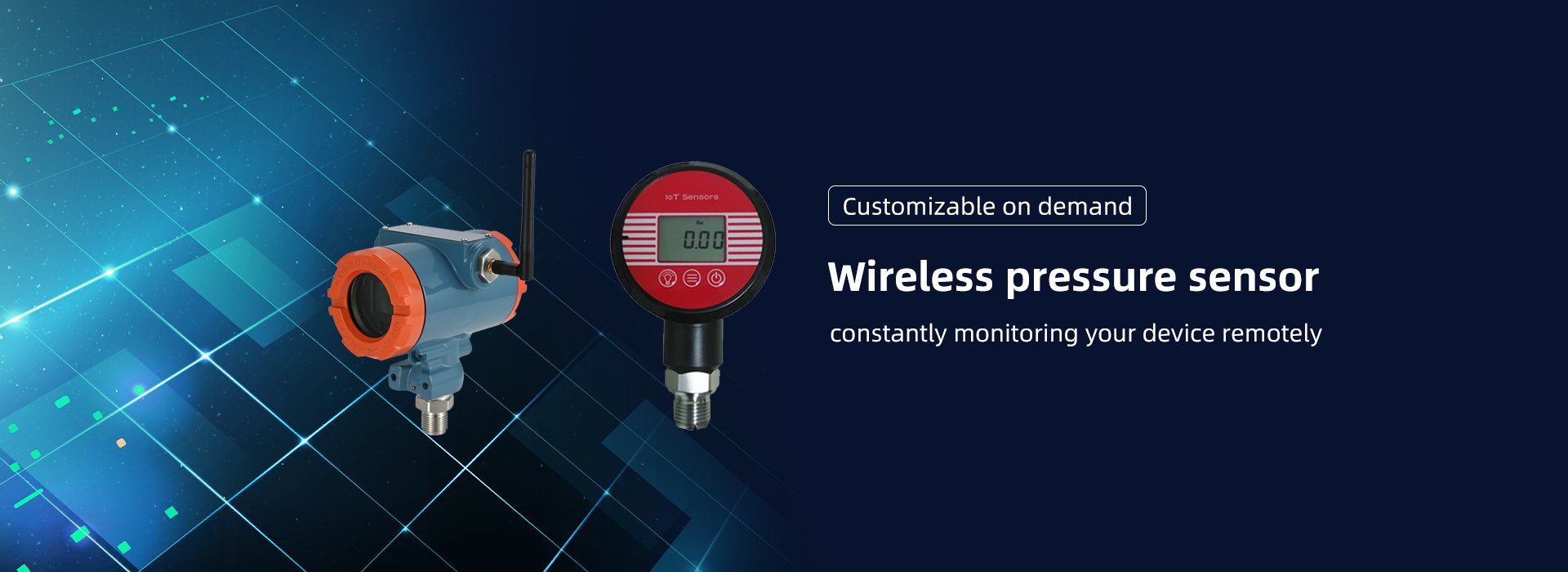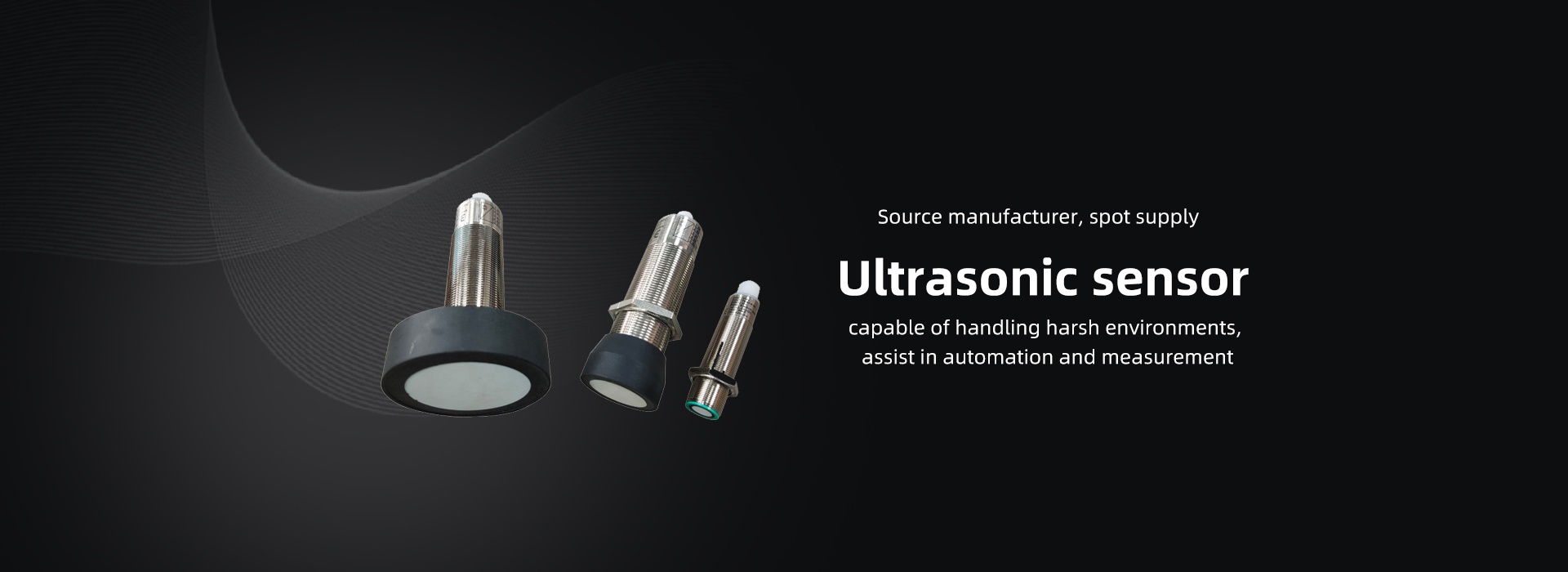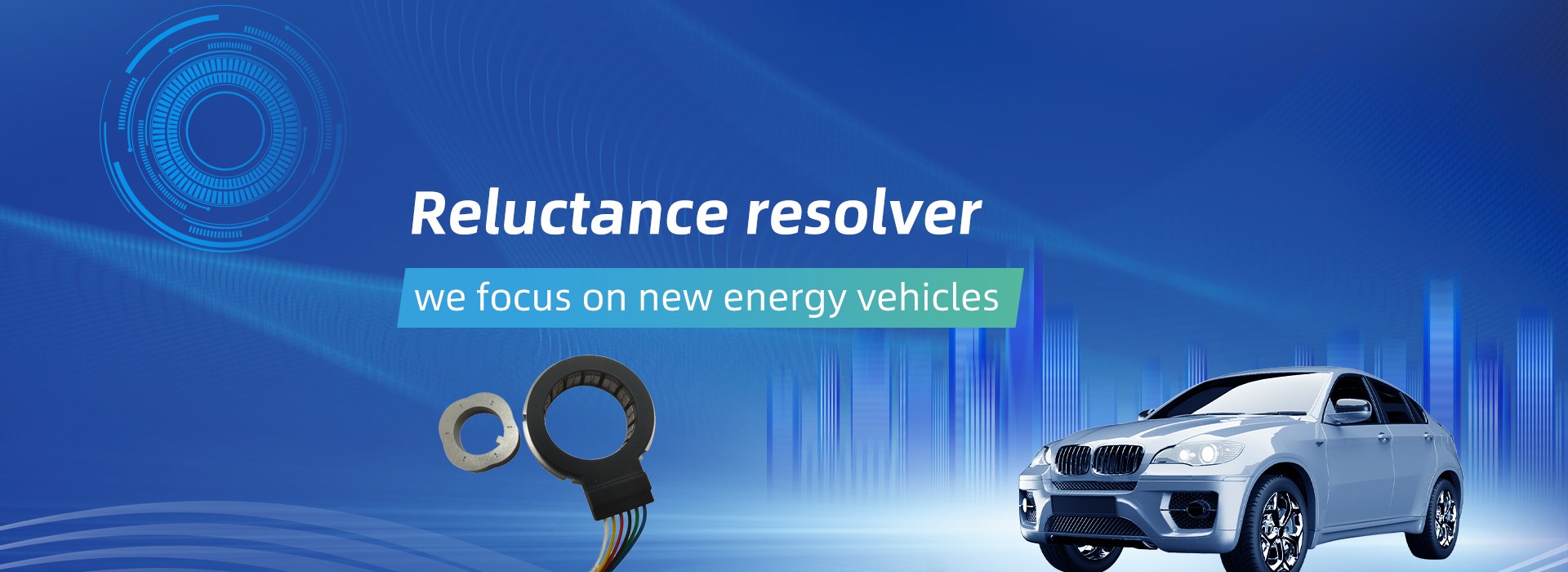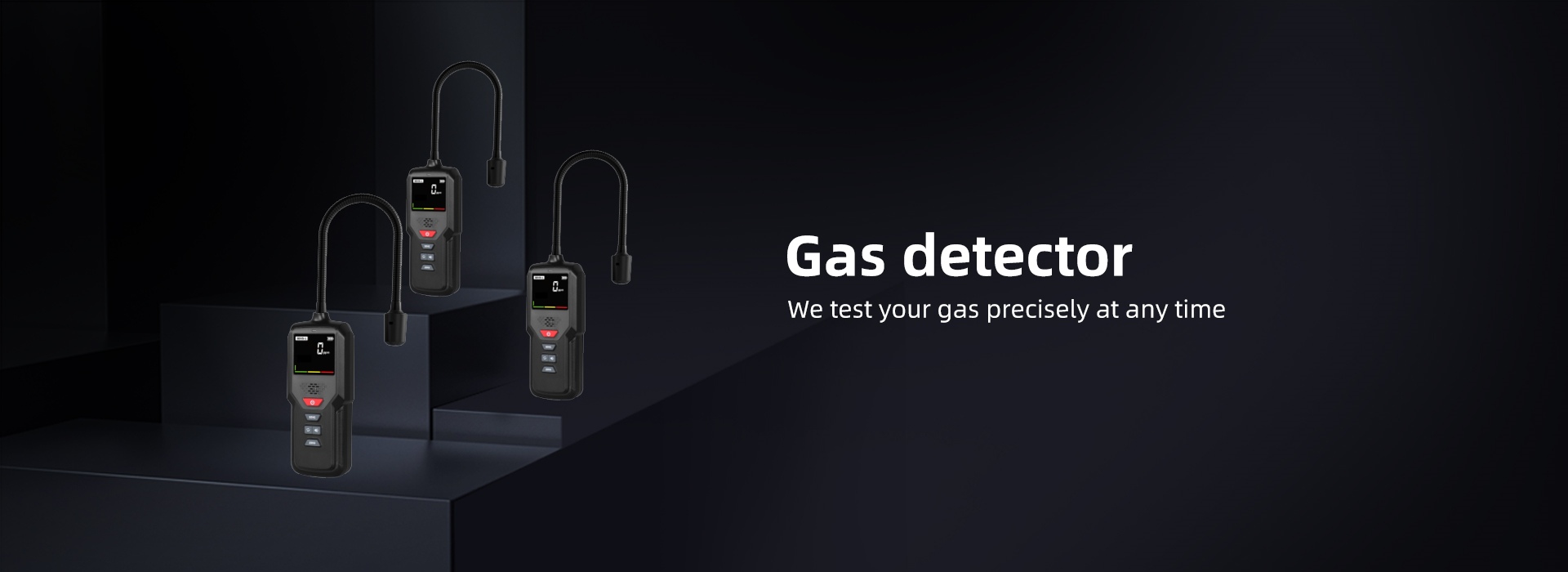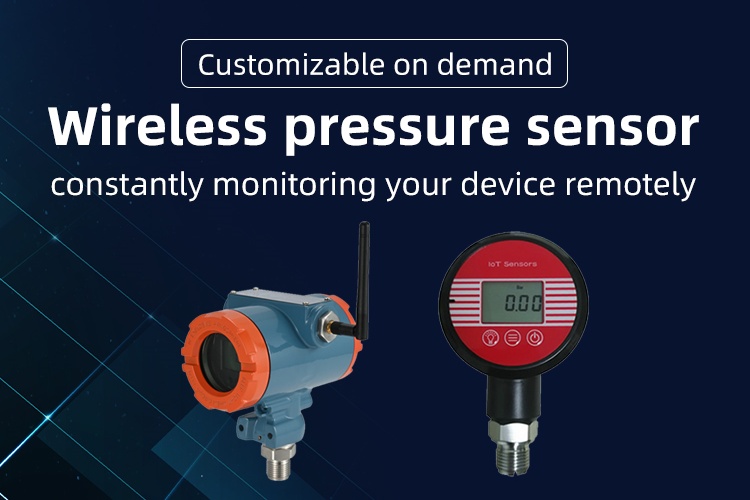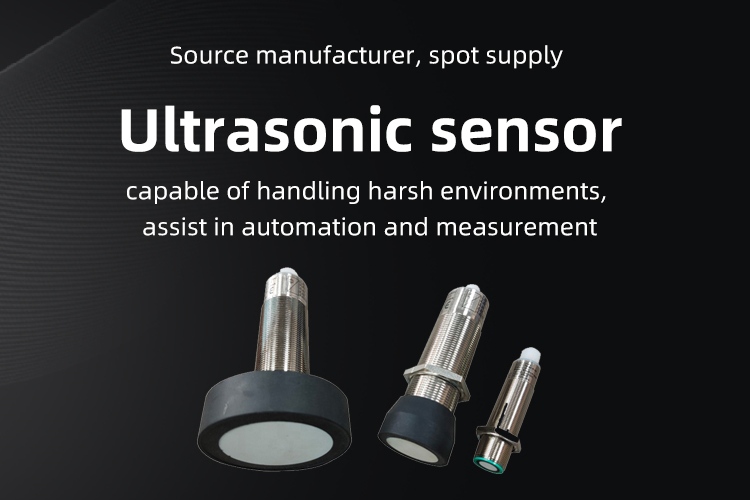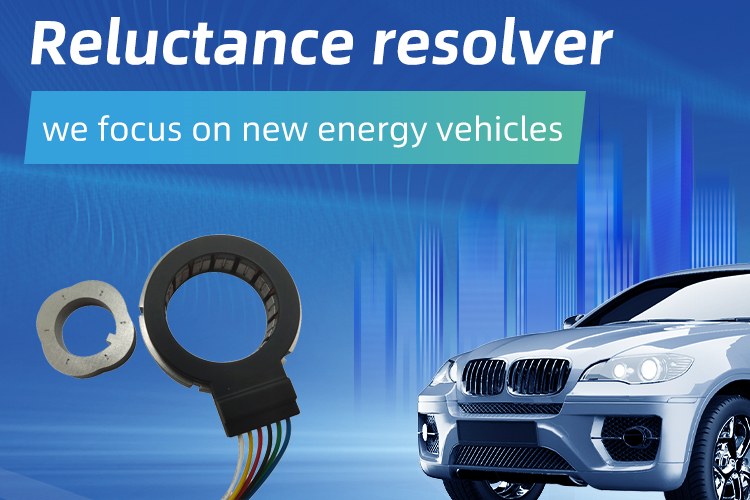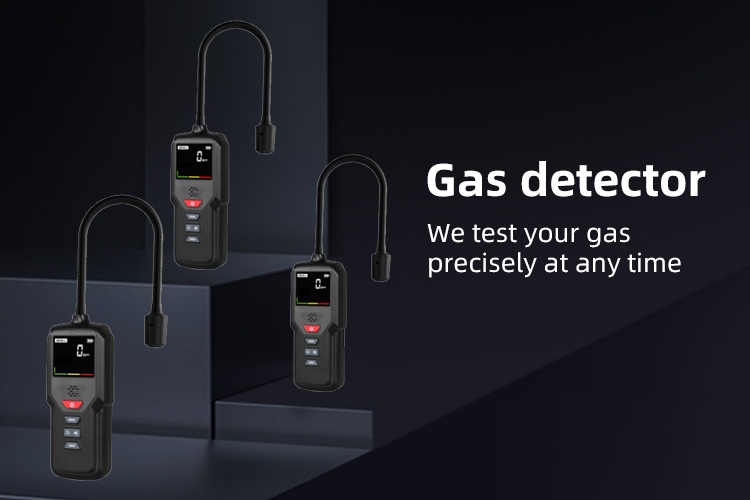
-
Home
- About Us
- Products
- Application scenarios
- Download
- News
The difference between ultrasonic level sensors and radar level sensors
2025-08-20Ultrasonic level sensors and radar level sensors are both non-contact level measuring instruments, but their working principles are different, so their applicable scenarios and advantages and disadvantages also have significant differences.
Below, I will provide a detailed comparison and explanation of them from multiple dimensions.
List of Core Differences
Characteristic dimension
Ultrasonic level sensor
Radar level sensor
Working principle
Utilize sound waves (mechanical waves). Calculate the time difference between ultrasonic emission and received echo to measure distance.
Utilize electromagnetic waves (usually microwaves). Calculate the time difference between radar wave emission and received echo to measure distance.
Measuring medium
Mainly measuring liquids. It can also measure granular solids, but the effect is usually not as good as radar.
Both liquids and solids (powders, particles, slurries) can be efficiently measured.
Impact of working conditions
The impact is significant. It is significantly affected by temperature, pressure, humidity, steam, dust, and wind speed.
The impact is minimal. Excellent performance under vacuum, high pressure, high temperature, steam, and dust conditions.
Dielectric constant requirement
No requirements.
The dielectric constant of the medium should not be too low (usually>1.8). For low dielectric constant media (such as certain solvents and liquefied gases), special models (such as guided wave radar) are required.
Accuracy and Performance
Low accuracy (usually ± 0.25% - ± 0.5%) and slow response speed.
Very high accuracy (up to ± 1mm), fast response speed, and almost no measurement delay.
Installation requirements
Easy to install, but cannot be installed directly below obstacles or feed streams inside the tank.
The installation is relatively complex and requires avoiding obstacles, but it is not sensitive to the impact on the feed flow.
Cost
Low, high cost-effectiveness.
Higher, especially high-frequency radar.
Detailed point analysis
1. Working principle (fundamental difference)
Ultrasonic level sensor:
The probe (transducer) emits high-frequency sound wave pulses (usually between 20kHz and 200kHz), which are reflected back upon encountering the liquid surface and received by the same probe.
The instrument measures the "Time of Flight" of sound waves from emission to return, and then calculates the distance from the probe to the liquid level based on the compensated sound velocity of the ambient temperature, thereby obtaining the liquid level height.
Key point: Sound waves are mechanical waves that need to propagate in a medium (air), and their speed is greatly affected by the environment.
Radar level sensor:
Its antenna emits high-frequency electromagnetic wave pulses (usually at 5.8GHz~26GHz or even higher), which propagate at the speed of light, reflect back when encountering the liquid surface, and are received by the antenna.
Distance is also calculated by measuring 'flight time'. Due to the constant speed of electromagnetic waves (light speed), there is no need for speed compensation.
Key point: Electromagnetic waves do not require a propagation medium and can also propagate in vacuum, almost unaffected by environmental process conditions.
2. Adaptability to environment and working conditions
This is a key factor in choosing which instrument to use.
Weakness of ultrasonic level sensor:
Temperature: The speed of sound varies with temperature, and although the instrument compensates internally, the measurement may be inaccurate in environments with large temperature gradients or drastic changes.
Pressure: High pressure can change air density, affect sound velocity, and lead to errors.
Steam/dust: A large amount of steam or dust can absorb and scatter sound wave energy, resulting in severe signal attenuation and even inability to measure.
Vacuum: Sound waves cannot propagate in a vacuum, so they must not be used in vacuum containers.
Wind: In open containers such as water tanks and pools, strong winds can cause liquid level fluctuations and interfere with sound wave paths.
Advantages of radar level sensor:
Almost unaffected by the above factors. Electromagnetic waves can easily penetrate harsh environments such as vacuum, high pressure, high temperature, steam, dust, etc., with extremely high stability. Therefore, in complex working conditions such as chemical, petroleum, and energy industries, radar is the preferred choice.
3. Requirements for medium characteristics
Dielectric constant:
Radar waves need to be well reflected by the liquid surface to form strong echoes. The reflectivity depends on the magnitude of the dielectric constant of the medium. The higher the dielectric constant (such as water, ε ≈ 80), the better the reflection effect.
For media with very low dielectric constants (such as liquefied gas, certain organic solvents, with ε<1.8), most radar waves will penetrate the medium, resulting in weak signals. At this point, a guided wave radar (GWR) is needed to guide energy to the liquid surface through a metal waveguide rod, forcing reflection.
Ultrasonic waves are completely unaffected by the dielectric constant.
Surface appearance:
Foam: Both are affected, but radar is usually better. Dense dry foam will absorb ultrasonic waves; For radar, if the foam is very thick and wet, it will also absorb microwave energy, but its influence is generally less than that of ultrasound.
Fluctuations/Turbulence: Severe liquid level fluctuations can interfere with both instruments, but radar response is faster and can often be processed better through algorithms.
4. Summary of application scenarios
Scenarios where ultrasonic level sensors are preferred:
Measurement of water level in normal temperature and pressure water tanks, water pools, sewage wells, and rivers.
Measure corrosive liquids, but under mild operating conditions (without significant amounts of steam or dust).
Projects with limited budget and simple operating conditions.
Scenarios where radar level sensors are preferred:
Complex process tanks with high temperature, high pressure, high viscosity, corrosiveness, steam, and dust.
Solid material levels need to be measured (such as grain silos, cement powder silos, plastic pellet silos).
In situations that require extremely high measurement accuracy and stability, such as trade settlement and inventory management.
Vacuum container.
For more information on ultrasonic sensor products, please visit www.micsensors.com.
Links:
Service Hotline
+86 13923792185
Website:www.micmetering.com
Address:6th Floor, Block B, Area A, Qinghu Science and Technology Park, Longhua District, Shenzhen, Guangdong Province
Copyright © 2025 MIC Metering (Shenzhen) Limited 粤ICP备2025358196号-1 Cookies Policy-
Service Hotline
Service Hotline
+86 13923792185
-
WeChat
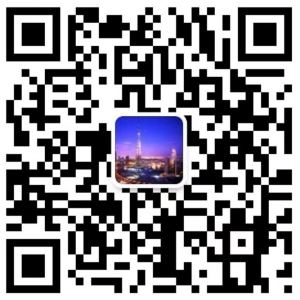
-
TOP
Our Cookie Usage Policy
Our website uses cookies and other similar technologies to distinguish you from other users of our website. This helps us provide you with a good experience when you browse our website and allows us to improve our website. For more information, please refer to our Cookie Policy. - About Us
